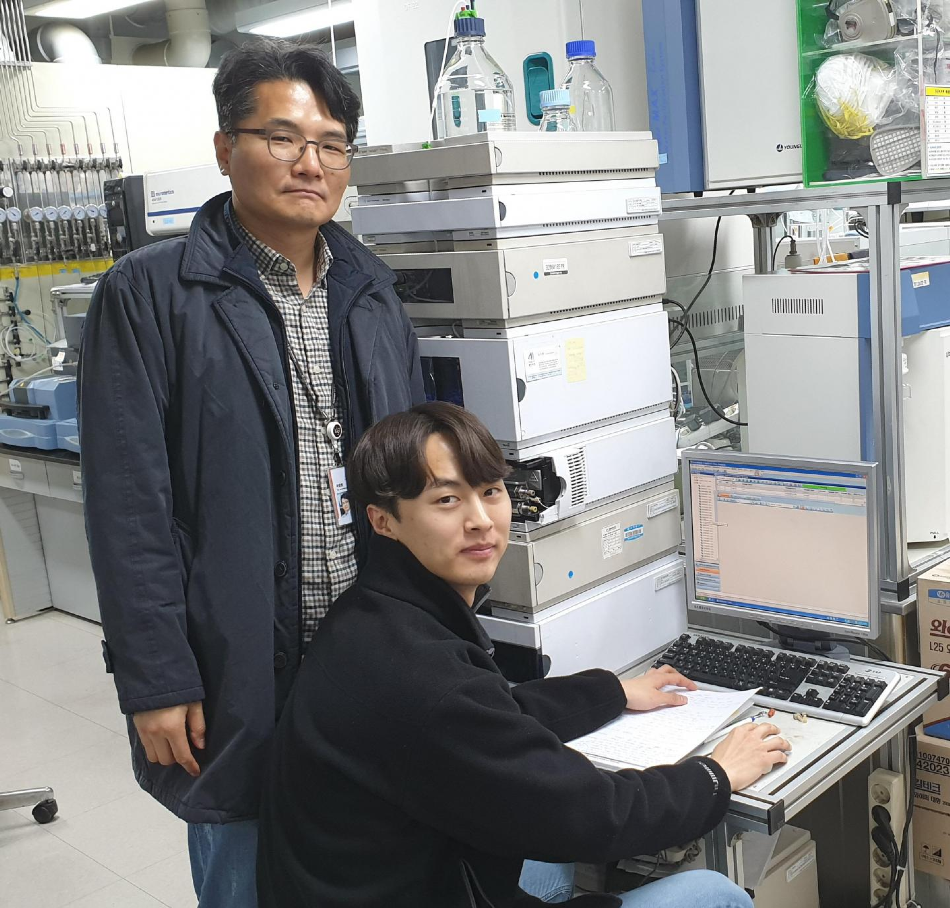Jul 21 2020
The technology crucial for achieving the mass-production of bio-aviation fuels has been developed by a Korea-based research group.

Image Credit: Korea Institute of Science and Technology (KIST).
At the Korea Institute of Science and Technology (KIST), the team headed by Dr Jeong-Myeong Ha of the Clean Energy Research Center has reported that it has successfully developed a technology that can be employed to mass-produce aviation-grade fuels from wood wastes.
The capacity to synthesize aviation-grade fuel from oil extracted from wood waste—which has been challenging so far owing to the high viscosity of the oil—is anticipated to enable international aviation companies to conform with the new emissions regulations, which are planned for implementation in 2027. ICAO (the International Civil Aviation Organization) plans to control greenhouse gas emissions from the aviation industry from 2027.
About 20% to 40% lignin is found in the lignocellulose extracted from grass and woods. The pulping processes employed to make paper produce huge volumes of lignin as a waste.
The oil produced by the pyrolysis of lignin finds very less industrial utility as it has high viscosity. Therefore, paper mills often use lignin waste as a low-grade boiler fuel, and not as a high-grade fuel or as a raw material for chemical products.
The researchers, headed by Dr Jeong-Myeong Ha of the KIST, employed the method of hydrocracking to synthesize hydrocracked lignin oil, which was blended at a ratio of (raw lignin oil: hydrocracked oil=) 7:3 with raw lignin oil to significantly decrease the viscosity of the oil to 1/7 (from 750 cp to 110 cp; for example, the viscosity of cooking oil is 80 cp and that of water is 1 cp), thus enabling its use for industrial purposes.
Hydrocracking is a method used in the refining and petrochemical industry to break down crude oil, which cannot be utilized as a fuel.
The mixed oil thus produced can be recycled through the “hydrocracking” process to continuously mass-produce bio-aviation fuels. Moreover, the ultimate fuel product, comparable to the contents of jet fuel, has a low freezing point than diesel and gasoline, as well as high energy density, thus being ideal for bio-aviation fuels.
Despite the digital revolution, a sharp increase in global parcel volumes supports the global paper production. Conventional chemical reaction methods were unable to convert the large volumes of lignin wastes from paper mills into high quality fuels, but our research has opened up the potential for the mass-production of jet fuels from the otherwise useless lignin wastes.
Dr Jeong-Myeong Ha, Study Lead Researcher, Korea Institute of Science and Technology
“This achievement will allow Korea to proactively meet jet fuel greenhouse emissions regulations, which will go into effect starting from 2027,” Dr Ha added.
Journal Reference:
Kim, Y., et al. (2020) Continuous-flow production of petroleum-replacing fuels from highly viscous Kraft lignin pyrolysis oil using its hydrocracked oil as a solvent. Energy Conversion and Management. doi.org/10.1016/j.enconman.2020.112728.